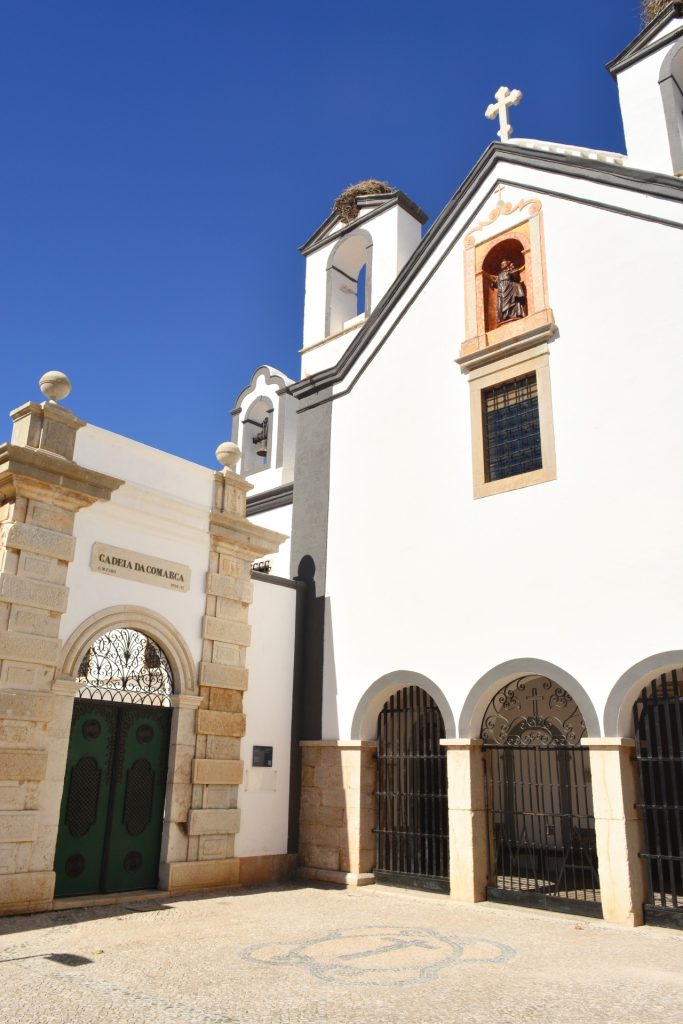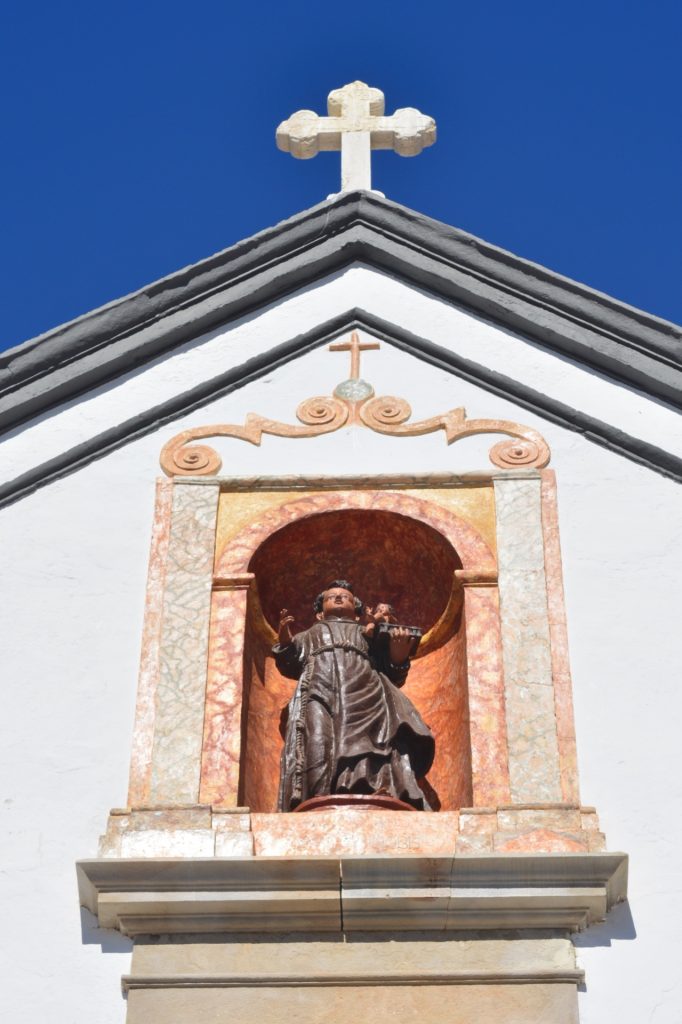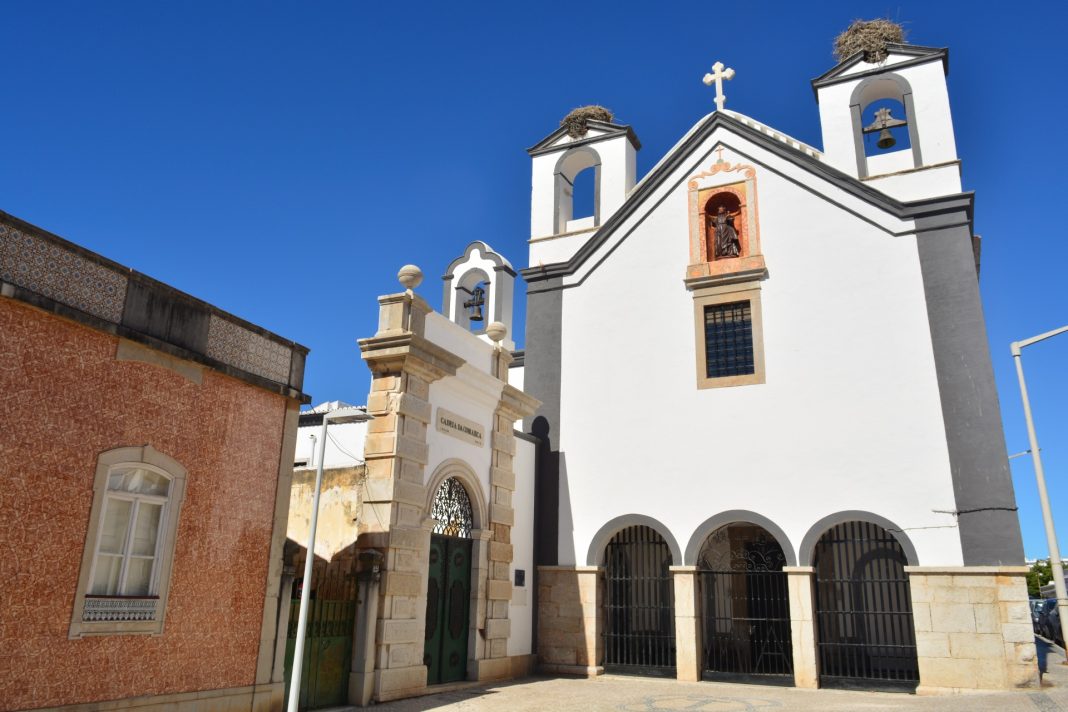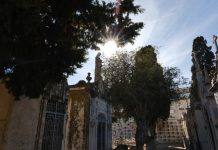Nestled within the historic fabric of Faro, the Convento de Santo António dos Capuchos stands as a captivating symbol of the city’s religious, cultural, and social evolution. More than just a convent, this site encompasses centuries of spiritual dedication, architectural simplicity, and a lesser-known but fascinating connection to Faro’s judicial past through its former jail. Today, it offers visitors a profound journey through history, architecture, and even the stories of incarceration, all within a serene environment.
Historical Background
The Convento de Santo António dos Capuchos was founded in the early 17th century, around 1620, by the Order of Friars Minor Capuchin, a reformist branch of the Franciscan Order emphasizing poverty, austerity, and simplicity. Dedicated to Saint Anthony of Padua, one of the most beloved Franciscan saints, the convent emerged during a time of religious renewal in Portugal, aligned with the Catholic Counter-Reformation’s goals of spiritual discipline and community support.
Located on the edge of Faro’s historic center, the convent was deliberately sited to offer the friars a quiet place for prayer and reflection, removed from the bustle of urban life but close enough to assist the local population through charity and spiritual care. The friars engaged in education, hospitality, and caring for the needy, reinforcing their role within the community.
Over the centuries, the convent weathered many challenges, including political upheavals, secularization movements, and changing societal values. In the 19th century, Portugal underwent significant reforms that affected religious orders and their properties. Many convents were closed or repurposed during the liberal reforms that reduced the Church’s influence.
The Jail Connection: Convent and Incarceration
One of the lesser-known facets of the Convento de Santo António dos Capuchos’ history is its connection to the judicial and penal systems of Faro. Part of the convent complex housed a jail, reflecting a time when religious institutions often took on roles extending beyond purely spiritual functions. This jail was used to detain individuals, including those awaiting trial or serving short sentences, under the authority of both ecclesiastical and civil powers.
The integration of a jail within or adjacent to the convent was not unusual in earlier centuries. The Church had a degree of legal jurisdiction, and religious houses often contributed to social order by hosting prisoners or penitent inmates. This dual function — spiritual sanctuary and detention center — highlights the complex social roles that convents played in communities like Faro.

Historical records indicate that the jail in the Convento de Santo António dos Capuchos was modest in size but functional. Its cells were austere, reflecting the Capuchins’ ascetic lifestyle, and the environment was strict but aimed at penitence and moral reform. While not a large-scale prison, it was significant in Faro’s local justice system, bridging the gap between religious authority and civil law enforcement.
This aspect of the convent’s history enriches its narrative, revealing how faith, justice, and societal control were intertwined. It also adds a human dimension, reminding visitors that behind the serene walls were lives marked by confinement, punishment, and hope for redemption.
Architectural Features
Architecturally, the Convento de Santo António dos Capuchos embodies the Capuchin principles of humility and simplicity, which contrast with the ornate Baroque and Rococo religious buildings common in Portugal. The design is restrained, functional, and harmonious with the Algarve’s regional characteristics.
The complex consists of the church, cloisters, monks’ cells, communal areas, and the jail section. The exterior presents a plain stone façade with small windows, minimal decoration, and traditional terracotta roofing. This modesty was intentional, reflecting the friars’ vows of poverty and their focus on spiritual rather than material wealth.
Inside, the church features a single nave, whitewashed walls, and a simple altar adorned with small religious artifacts. Natural light filters gently through narrow windows, creating an atmosphere conducive to meditation. The layout encourages quiet movement and reflection, consistent with Capuchin ideals.

The cloisters, a highlight for many visitors, consist of a peaceful, square courtyard surrounded by covered walkways supported by simple columns. Historically, this garden area was planted with herbs and medicinal plants used by the friars, symbolizing the connection between faith, nature, and healing.
The jail cells, while less prominent architecturally, are an essential part of the site. Their austere stone construction and limited space reflect the strict conditions of incarceration, blending seamlessly with the convent’s overall austerity. These spaces stand as silent witnesses to the intersection of faith and justice in early modern Faro.
Practical Information for Visitors
Today, the Convento de Santo António dos Capuchos welcomes visitors interested in exploring its multifaceted history and tranquil architecture. Though less frequented than Faro’s main landmarks, it offers a distinctive experience combining spirituality, heritage, and social history.
Location: Situated near Faro’s old town, the convent is within walking distance of major attractions such as Faro Cathedral and the Municipal Museum. Its quiet setting makes it a peaceful stop during a city tour.
Opening Hours: The convent generally operates during typical museum hours, often from late morning to early evening. Hours may vary seasonally or for special events, so checking ahead via the Faro tourist office or official websites is recommended.
Guided Tours: Some local tour operators include the convent and its jail in broader cultural routes. These tours provide deeper insights into its history, architecture, and social roles, enriching the visitor experience.
Accessibility: The historic nature of the building means some areas have limited accessibility. Visitors with mobility challenges may find narrow corridors and stone floors difficult, though main public spaces like the church and cloisters are usually reachable.
Nearby Attractions: The convent can be combined with visits to Faro’s charming old town streets, the Arco da Vila, and the natural beauty of Ria Formosa Natural Park, making for a well-rounded itinerary.
Entrance Fees: Access is often free or included with tickets for Faro’s heritage sites. Donations are welcomed for preservation efforts.
Visitor Tips:
-
Wear comfortable footwear suited to uneven floors.
-
Visit during quieter hours for a more intimate experience.
-
Photography may be restricted in sacred areas, so observe local guidelines.
-
Spend time in the cloisters to appreciate the peaceful garden and reflective atmosphere.




